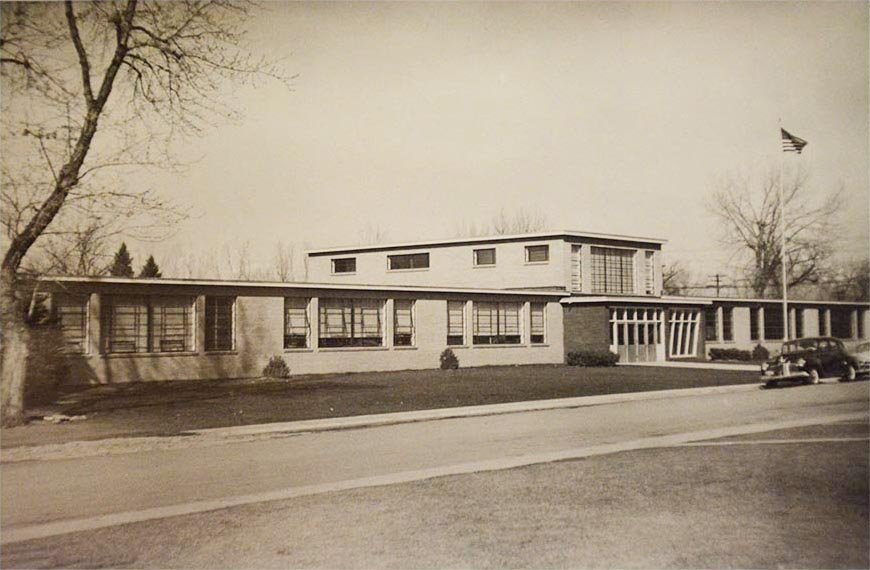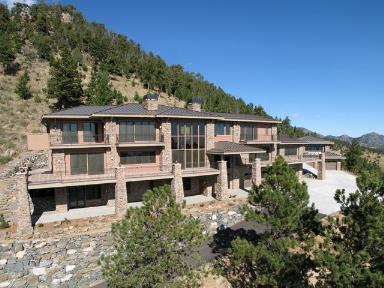Modernism-- The Latest Rage (or is it?)
September 10, 2019
Denver recently celebrated Modernism Week in late August, time set aside to honor the over 6000 residences built in the area during the Modern Age when key elements of design prevailed in architecture and design. The term "modern" differs from contemporary in that refers to a period where certain ideas define the appearance of buildings and furnishings. Contemporary refers to the here and now, the advancing and ever-evolving interpretation of what living in the present day looks like and means to the user.
In the words of the Modernism Week organizers, "Denver and surrounding communities are fortunate to have had so many innovative modern architects, designers, and builders working here in the 1940s-70s, with a robust economy strong enough to support their efforts. There has long been appreciation for this cultural heritage by a small group of historians, enthusiasts, and others, but it has become clear that as more new people move to our city, and more generations are raised in the city with limited awareness of this unique period in time, building a greater cultural awareness of this design heritage is necessary. " We say bravo to that.
If you missed the event (tours and lectures) —don't despair. It's destined to become an annual. In essence, the focus is on architecture designed by modernist architects and builders who were influenced by the Bauhaus School and the ideas of Frank Lloyd Wright which inspired the most cutting- edge buildings in the city primarily during the 1950s and ’60s. They're worth looking at.
According to the promoters, "Modernism is primarily a philosophy that says that the design of a building should be driven by nature, context, and the human experience rather than by the preconceived notions of a particular style. By exploring new ways of enclosing space, using elegant (often exposed) structural systems, capturing natural light and ventilation, employing both natural and high-tech materials, embracing outdoor rooms, and so much more, mid-century modern architects believed in the ideal that well designed buildings had the capability of elevating the human condition."
Sounds appealing? They are.
Although design aesthetics and parameters are continually evolving, most believe this idea of elevation is still true today. We like to think that moving forward however, necessarily beings fresh and more relevant solutions to home interiors. Those who cling to Modernist furniture solutions will always have fine looking goods, "classics" in fact, but will miss the technological advances in areas like comfort, durability and adaptability. That's what we're all about.
We invite you to look at what's happening now: come see what our collection has to offer--the heart of contemporary.

